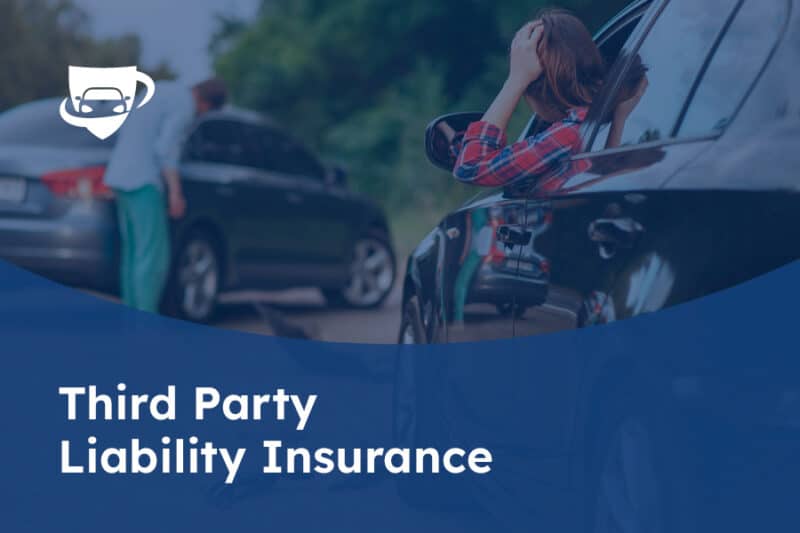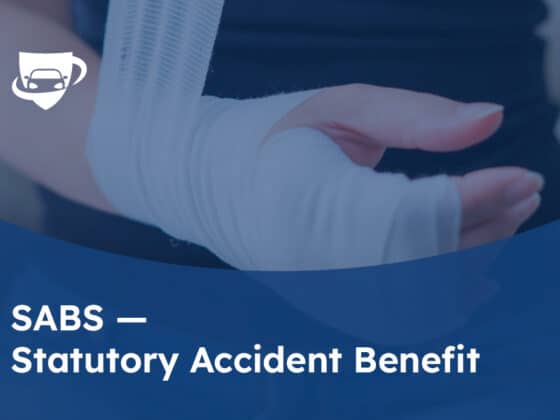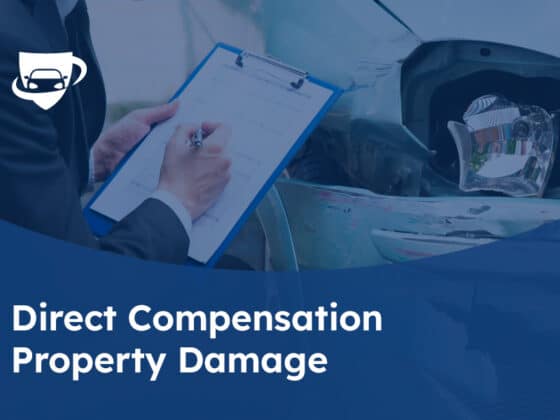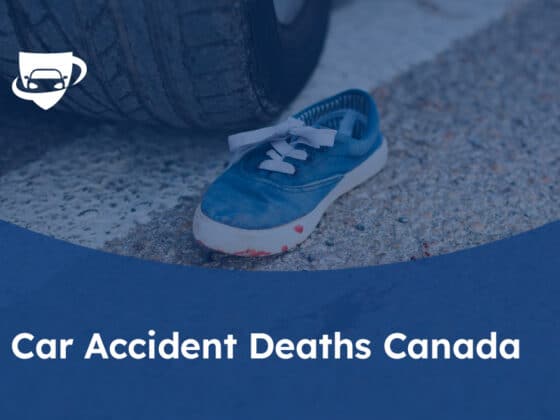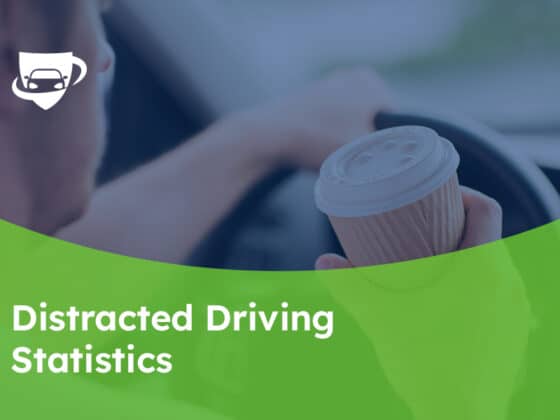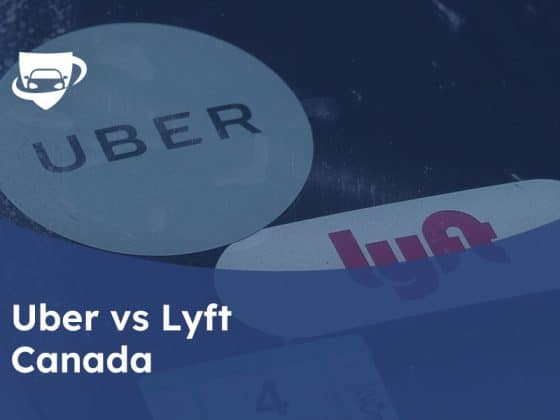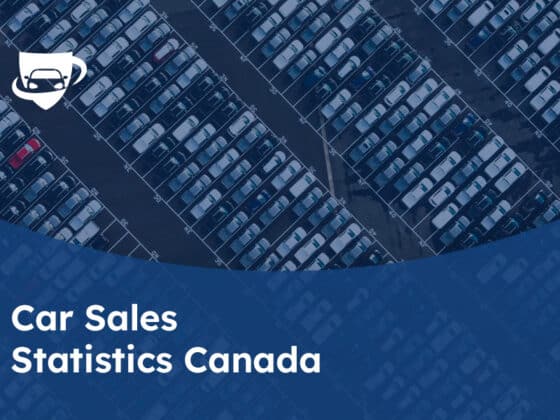When most people think about liability insurance, they consider their car insurance or home insurance policy. However, another type of liability insurance is important to have: third party liability insurance—TPL.
This insurance protects you if someone else sues you for damages they suffered. It’s essential to have this coverage because the costs of a lawsuit can be astronomical, and you could be on the hook for them if you don’t have insurance.
Third party liability is one type of insurance that many people don’t know much about. Here’s a look at what it is and why you might want to consider getting it.
What Is Third Party Liability Insurance?
Individuals or organizations buy this insurance to protect themselves from the financial risks of a third party suing them.
These are the parties in third party liability:
- a policyholder or insured—the first party
- an insurance company—the second party
- a person or business filing the claim for damages—the third party
The policyholder is protected from having to pay damages if they are found legally liable for injuring another person or damaging their property.
You can also have third party liability insurance for car rental. At the same time, damage done to a rental car, damage or loss of valuables inside it, and a renter or passenger injury aren’t covered.
So, if you drive a rental car and have an accident, you will be responsible for repairing the damage done to the rental car.
You can buy this insurance as a part of a homeowner’s insurance policy, auto insurance policy, or business insurance policy.
How Much Liability Insurance Should I Have?
How much liability insurance you need depends on a few factors. The first is the number of assets you have to protect. If you don’t own much, you probably need less coverage.
The second factor is the amount of risk you’re willing to take. You can get by with less insurance if you’re comfortable with a higher deductible and more out-of-pocket costs.
The third factor is the laws in your region. Some regions have minimum requirements for liability insurance, so make sure you comply with the law.
In Canada, every province and territory requires a minimum of $200,000 in third party liability insurance, except for Nova Scotia with $500,000, and Quebec, with a minimum of $50,000.
Then again, a single crash can easily exceed the minimum coverage, so many drivers choose to pay $1 million–$5 million in coverage. This protects them from paying out of pocket for any damages that exceed their policy limit.
Ultimately, the best way to determine how much liability insurance you need is to speak with an insurance agent or financial advisor. They can help you assess your risks and pick the right amount of coverage for your needs.
When considering liability insurance amounts, you should remember that car sales statistics show that the number of cars on the road is increasing, and their prices are going up. So, there is an increased probability of an accident, and the price to pay for the repairs would be higher.
Extended Third Party Liability Insurance: ICBC
The Insurance Corporation of British Columbia offers extended TPL coverage. So, what’s that? Your Basic Autoplan covers only up to $200,000 in third party liability.
However, the costs of a crash could be much higher than that amount—meaning you would have to pay the remainder out of pocket.
Extended third party liability protects you from having to pay these additional costs. In addition, you can increase your coverage to a limit of $5 million, giving you extra peace of mind in the event of an accident.
Third Party Liability Insurance for Car Owners
This insurance will cover the costs if you cause an accident that injures someone or damages their property. Your insurance company is responsible for paying any damages awarded to the other driver. Remember, tens of millions of accidents with material damages occur in Canada.
You have to notify your insurance company as soon as possible after the accident. This is because the other driver may file a claim against you if they believe you were at fault for the accident.
Third Party Liability Insurance Definition: What Does It Cover?
This insurance protects an insured if a third party makes a claim against them. In addition, this type of insurance covers damages caused by the insured to others, whether physical harm or property damage.
In the case of an accident, third party insurance will also cover the medical expenses of the driver and passengers involved and any repairs damaged vehicle needs.
What Doesn’t Third Party Liability Car Insurance Cover?
TPL insurance doesn’t cover your injuries or damage to your property.
Also, this type of insurance usually doesn’t protect your passengers in an accident; it is designed to cover only the damages to other people or property. In a nutshell, third party liability covers others but not you.
So, if you want to be covered for your injuries or damage to your property, you would need to purchase accident benefits and collision coverage.
Third Party Liability Coverage Cost
In Canada, the average cost of a third party liability claim is around $15,500.
However, many factors determine the cost of third party liability coverages, including:
- the province where the accident occurred
- the type of vehicle involved
- the severity of the injuries
Then again, the biggest factor is usually the amount of coverage a policyholder has purchased. The higher the limit, the bigger the premium.
For this reason, it’s important to consider how much coverage you need before buying a policy. Otherwise, you could end up paying more than you need to.
Third Party Liability Insurance by Regions
In Canada, all drivers have to possess TPL coverage. However, each province and territory has rules about the minimum amount of coverage you must have, so let’s take a look.
British Columbia: TPL
In British Columbia, the minimum amount of TPL insurance drivers must have is $200,000. Also, your TPL coverage will still protect you if you drive outside of BC, where drivers can sue for damages done to their car in an accident.
Third-Party Liability Insurance: Ontario
In Ontario, the minimum amount of TPL insurance a driver must have is $200,000. At the same time, the majority of drivers choose to purchase coverage that exceeds this minimum requirement.
In addition, the average cost of third party liability auto insurance in Ontario is from $600 to $1,600 per month. Generally speaking, factors affecting the cost of third party insurance in Ontario include the driver’s age, driving history, and the type of vehicle they are insuring.
Prince Edward Island: TPL
The minimum amount of third party liability drivers in Prince Edward Island must have is $200,000.
Then again, if a claim that involves both property damage and bodily injury reaches this number, property damage payment will be capped at $10,000.
Third Party Liability Insurance: Alberta
All drivers must have at least $200,000 in third party liability auto insurance in Alberta.
However, most drivers choose to insure their vehicles for much more than the minimum amount. In fact, more than 98% of cars are insured for at least $1,000,000 in third party liability car coverage.
Manitoba TPL
Like in most other provinces, the minimum amount of third party liability auto insurance drivers must possess in Manitoba is $200,000.
TPL in New Brunswick
Is third party liability insurance mandatory in New Brunswick? The answer is yes. On average, car insurance rates in NB are lower than the rates in other provinces.
All drivers in New Brunswick have to possess a minimum of $200,000 in third party liability auto insurance.
Yukon: TPL
In the Canadian territory of Yukon, all drivers must have a minimum of $200,000 in third party liability auto insurance.
TPL in Newfoundland & Labrador
Driving is the primary form of transportation in Newfoundland and Labrador, and the provincial government requires all drivers to have a minimum amount of this insurance. The minimum amount of insurance that drivers have to possess is $200,000.
Nova Scotia’s Third Party Liability Insurance
In Nova Scotia, drivers must own a minimum of $500,000 in TPL insurance. That’s higher than the minimum amount of insurance required in most other provinces, which is typically $200,000.
TPL in Northwest Territories
In the Northwest Territories, all drivers must possess a minimum of $200,000 in third party liability auto insurance.
Then again, if a claim that involves both property damage and bodily injury reaches this number, property damage payment will be capped at $20,000.
Quebec: TPL
Quebec’s car insurance laws require that all drivers in the province have a minimum of $50,000 in TPL insurance. This contrasts with most other regions, where the minimum amount of insurance is $200,000.
Third Party Liability Insurance in Saskatchewan
In Saskatchewan, all drivers must have a minimum of $200,000 in third party liability auto insurance.
While the province sets the minimum coverage, drivers can purchase additional insurance if they choose so.
Nunavut: TPL
Nunavut is a vast and remote territory, and driving conditions can be challenging. Therefore, to protect both drivers and the general public, the government of Nunavut has established minimum insurance requirements for all drivers.
All drivers must have a minimum of $200,000 in third party liability auto insurance.
Third Party Liability Insurance Canada Recap
Third party liability is an important type of insurance for Canadians. It protects if you are sued for damages or injuries caused to another person.
Depending on the province in which you reside, the minimum amount of liability insurance required may vary. The cost of this coverage will also vary depending on several factors, such as your location and the type of coverage you choose.
When choosing a third party liability policy, it is vital to consider the laws specific to your region. Doing so can ensure that you are adequately protected if you are sued for damages or injuries caused to another person.
Third Party Liabilities Examples & Frequent Questions
What is an example of third party liability?
When someone has third party liability auto insurance, it means that if they cause an accident, the insurance will cover damages done to the other person’s car or property. However, it will not cover damages to the insured person’s vehicle or property.
What is the difference between third party insurance and liability insurance?
Third party insurance is, in fact, a form of liability insurance. In most cases, third party insurance is required by law, while liability insurance is optional.
Is third party liability the same as a personal liability?
When someone has third party liability auto insurance, it means that if they cause an accident, the insurance will cover damages done to the other person’s car or property.
Per the definition of personal liability insurance, that type of insurance protects if you are found responsible for property damage or bodily injury to a third party. So, the two are the same.
Why is third party liability insurance important?
Third party liability insurance is important for several reasons:
- can help cover the costs of your defence if you are sued
- provides financial protection if someone who alleges that you caused them bodily injury or property damage sues you
- can provide coverage for damages that a court may order you to pay
- can help protect your assets if you are found liable for an accident
